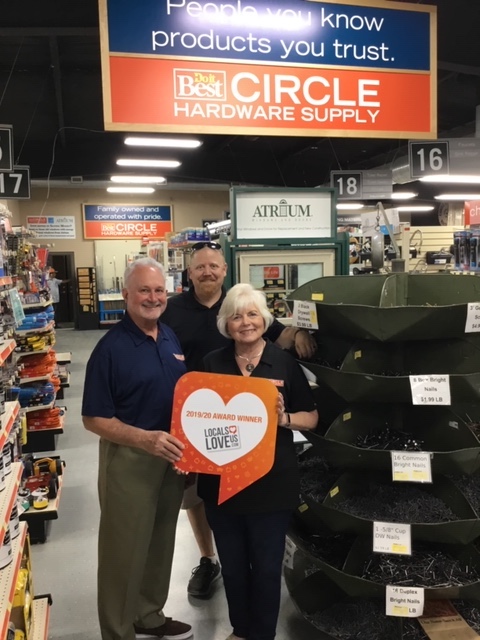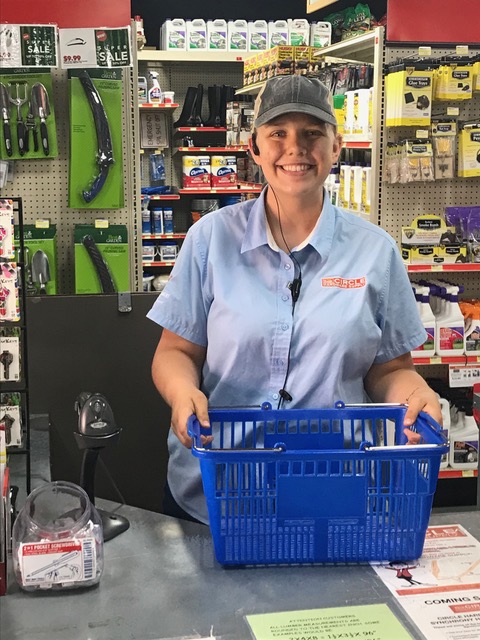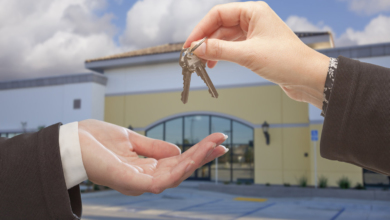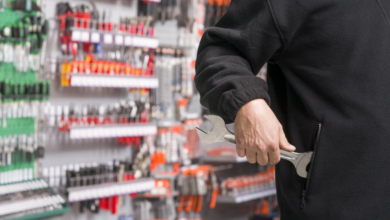How to Attract the Next Generation of Customers

Larry and Norma Dagley, with General Manager JP Pizzio (middle), are proud Circle Hardware is a Locals Love Us award winner for Best Hardware Store in Waco, Texas.
Digital marketing is the new buzzword for retailers, and it encompasses lots of different tools. Digital marketing varies from traditional marketing in that it’s a targeted and efficient way for independent retailers to drive sales and attract footsteps. If you’re not doing digital marketing, you’re falling behind in the race to attract the next generation of customers.
Coming from a background in finance, Larry Dagley and his wife Norma bought Circle Hardware in Waco, Texas, in 2011. Seeing the world around him grow more mobile and fast-paced, with online shopping exploding, Dagley felt the benefits of supporting a hometown hardware store were getting lost. He set about to transform Circle Hardware into a 21st century hardware store that uses technology to enhance outstanding customer service.
The Do it Best store’s website has a section for customer reviews, which provides links to over 80 reviews of Circle Hardware on Facebook, Google My Business and Google Reviews. That’s a smart strategy, because today’s customers check online reviews before they visit a store.
“Two to three years ago we started revisiting our advertising and marketing strategy,” Dagley explains. “Marketing for hardware and LBM retailers was historically circulars in local newspapers and ads in the Yellow Pages. No one looks at the Yellow Pages anymore or flips through the circulars.”
He adds, “We began to realize what kids were doing—they live in front of three screens: TV, tablet and smartphone. That’s how people are shopping too. We needed to be in position for people to find us, when they are looking for the types of products we sell.”
Dagley heard about geofencing from a speaker at a Do it Best market, and he was intrigued. “I came back to Waco and asked questions—what can we do? How can we do it? Who can help us?”
Geofencing is the practice of using global positioning (GPS) or radio frequency identification (RFID) to define a geographic boundary. Once this “virtual barrier” is established, the administrator can set up triggers that send a text message, email alert or app notification when a mobile device enters (or exits) the specified area. It is a way to engage consumers based in real time and via a hyper-local location, which can trigger immediate sales as well as help retailers better understand their shoppers’ mindset.
Dagley and his General Manager JP Pizzio found local people who are media experts and have skills in those areas. “Not surprisingly, they’re all under 40—mostly all under 30. We heard more about the concept, thought it was interesting and educated ourselves,” Dagley says.

He explains that you start looking for data, which you can get from a lot of sources. “Who is the perfect customer to buy that product? Let’s say a homeowner, 25-55 years of age, likely to do the work themselves, income of $50-100,000. That data is available from census reports—that’s how you create a base. You can look at demographics of people within 10 miles of your store,” he points out.
There is a large, successful grocery store nearby and they put a fence around the grocery store. “If the people going to the grocery store have their phone on, then they are prospects for seeing our message,” Dagley says.
The team at Circle Hardware will then get notifications any time someone who’s clicked on the ad actually enters the store. It’s proven to be a unique way for the store to engage potential customers in real time, and to be highly targeted and efficient with its digital marketing budget.
Other approaches are to put a fence around a parade route or a festival crowd, and of course a radius around the store can attract people already in the area. Pizzio points out that they are sending banner ads to people’s phones and they are paying a cost per impression. Nationally, the price for geofencing ranges from $4 to $15 CPM (cost per thousand impressions). The size and number of geofences will affect the cost.
The tough thing is measuring the effectiveness of the geofencing campaigns. “They can tell you the number of impressions, the number that clicked on a message, plus the number that clicked and then walked in our store. That leads to whether we are seeing an increase in sales and traffic, but you don’t know if some of those people would’ve come in anyway,” Dagley says.
The geofencing campaigns they run depend on the season and the product. “Sometimes it’s a hot deal on one item or a grill campaign in early March. We will fence a specific neighborhood that we know can afford a nice grill,” Dagley says.
Others are general campaigns, capitalizing on the fact Circle Hardware is close to Baylor University and 16,000 undergrads. “In the fall, middle of August, kids are moving into dorms and apartments, so our campaign will be broad to introduce them to our store and what they need to get settled. At the end of the school year, we want students to come here for what they need to fix things before parents show up. We fence the parking area,” he explains.







